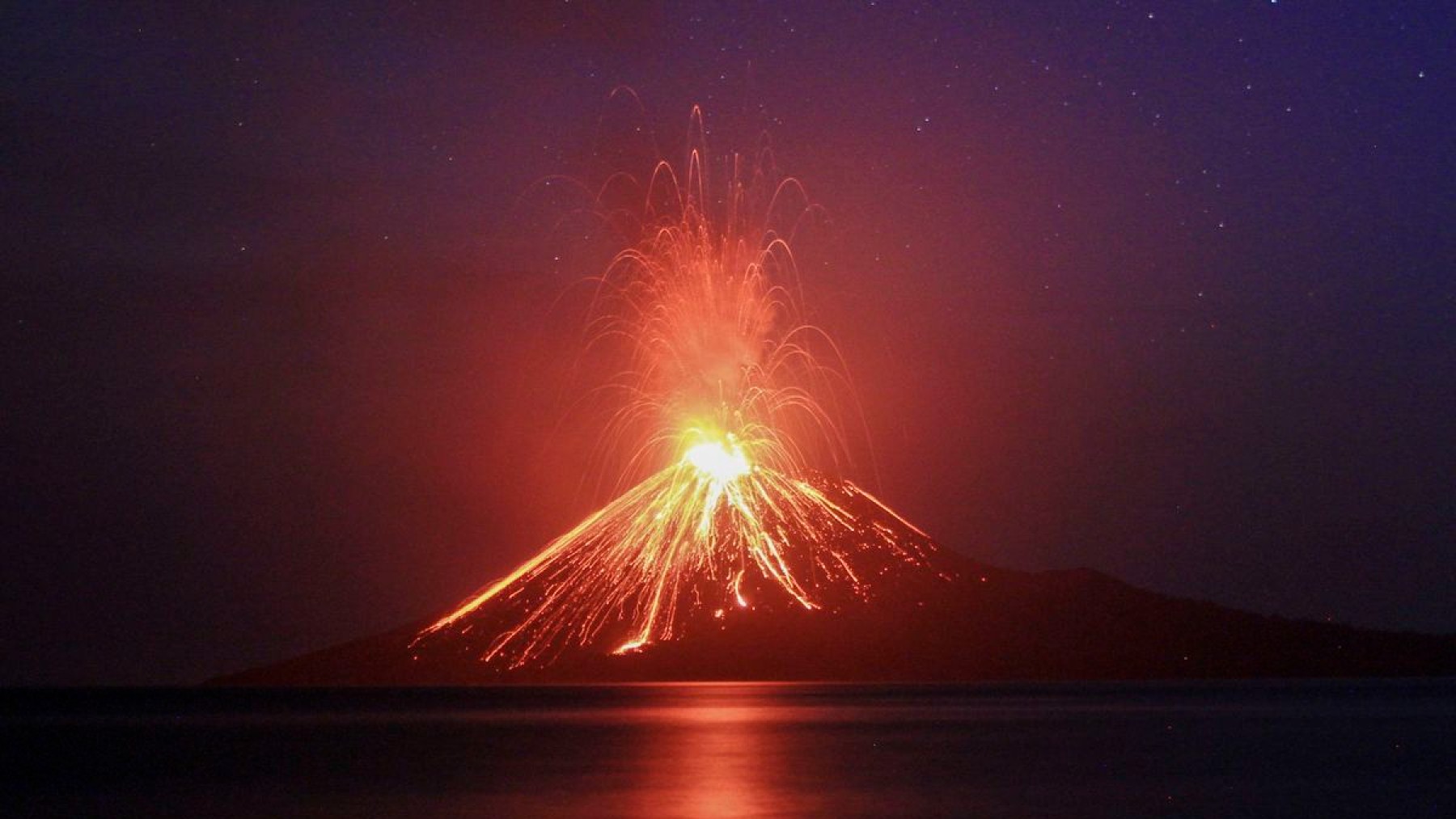Indonesia has just learned to control magma: It’s producing clean energy
November 6, 2024

Karaha, a geothermal power plant in Indonesia with vast geothermal reserves, is now online, marking a big step in sustainable electricity generation. This remarkable accomplishment also supports Indonesia’s energy demand and, at the same time, puts the country on the world map of clean power production.
Indonesia is building on its progress in curbing greenhouse gas emissions by tapping into the earth’s heat while enhancing the quality of people’s lives in the country.
Discover how the Karaha geothermal plant is changing the energy landscape
The Karaha geothermal power plant, or PLTP Karaha Bodas, started its commercial operation on 06 April 2018 with a capacity of 30MW. PGE operates the plant in Tasikmalaya of West Java province, Indonesia. Pertamina Geothermal Energy owns the plant.
This modern plant uses dry steam technology, which is economical and environmentally friendly. Karaha is one of the power plants under the government’s 35,000 MW power program, which plays a vital role in power generation for Indonesia and maintaining the reliability of the Java-Bali transmission systems.
The development of the Karaha plant is discussed here in relation to its integrated process, which has involved much drilling and piping. PGE spudded ten wells for injection, production, and monitoring of the geothermal system.
The expense of this project, estimated to be about USD 200 million, represents a positive intent toward sustainable energy growth in this area.
Explore the positive impact on local communities through geothermal energy
However, apart from electricity generation, the Karaha geothermal power plant has several effects on nearby communities. PGE’s community development programs have spent approximately Rp830 million (USD 60,000) on education, health, and economic development programs.
This investment increases the residents’ standard of living and makes them responsible for the company and part of the company. Some include quality seed distribution and training for local coffee farmers.
PGE is assisting in developing a sustainable economy that would benefit all the parties engaged in the agricultural business by enhancing agricultural self-sufficiency. Such strategies make it possible for the transition to clean energy also to mean social and economic development in the communities.
It is important to note that geothermal energy has a lot of advantages for the environment. The Karaha geothermal power plant has helped Indonesia achieve its climate change goals by averting 202,000 tons of CO2 emissions annually.
Indonesia is therefore ensuring it reduces climate change through the exploitation of geothermal resources, which are renewable and clean, in a bid to meet its international obligations on sustainable development.
What’s next for Indonesia’s geothermal energy advancements?
Geothermal energy is one of the most reliable renewable sources, as it can produce electricity in any weather. Such stability is a major plus compared with fossil resources, which are scarce agents and are also known for polluting the environment.
Indonesia’s commitment to developing this resource means that other countries with similar geothermal prospects should follow Indonesia’s lead. As Indonesia looks to expand and grow geothermal prospects, the Karaha power station will be a valuable example for other projects.
Currently, Poland has a rated installed capacity of 617 MW through various geothermal plants, and PGE is ready to increase its market share in the renewable energy division. Plans, including the Lumut Balai geothermal power plant in South Sumatra, which is expected to contribute an additional 55MW to the grid, will also help to show that Indonesia is serious about clean energy.
The Karaha geothermal power plant operation shows that renewable energy resources should be developed. The concentration of Indonesia on geothermal energy means that the country satisfies the requirements of its internal energy sector while participating in worldwide attempts to decrease the use of non-renewable resources.
Indonesia’s progress in geothermal power development puts it at the forefront of renewable energy generation in today’s global move towards green energy. Therefore, as a whole, it is articulated that Indonesia’s success in managing magma and generating green energy at the Karaha geothermal power plant could be termed as innovation, social participation, and environmental conservation.
With the nation tapping into its geothermal potential, it is, in effect, creating a positive future for its people and the world around them. The information and knowledge gained from this project can encourage other countries to investigate their geothermal opportunities to advance the use of renewable energy sources worldwide.
Search
RECENT PRESS RELEASES
Related Post




